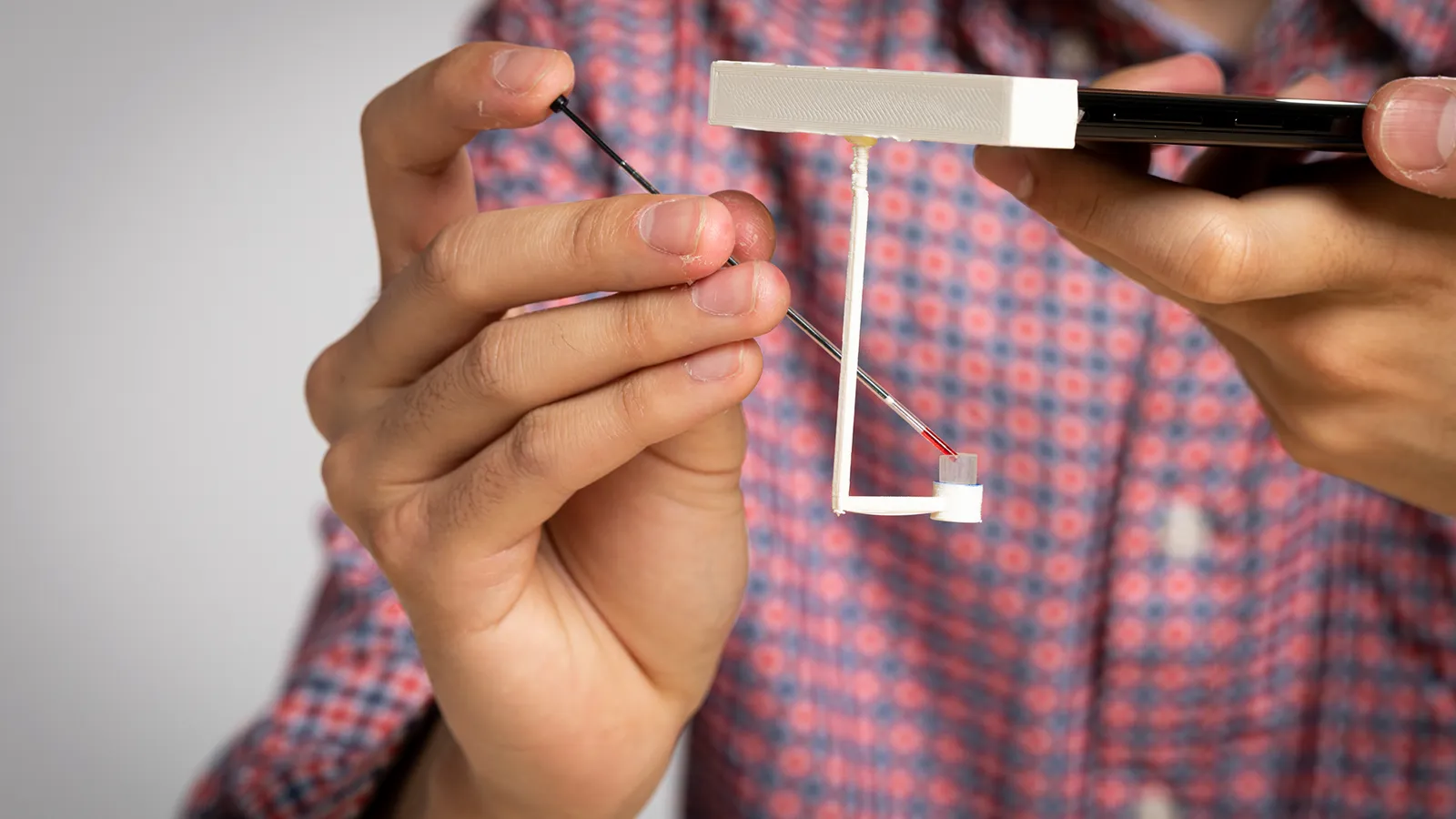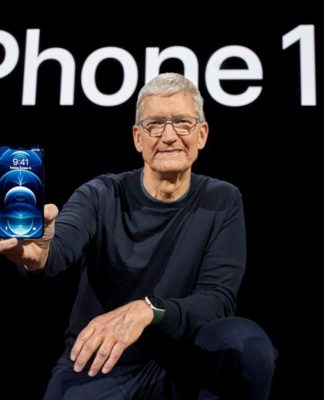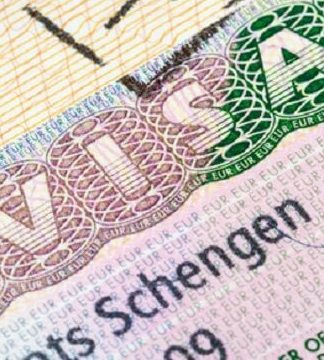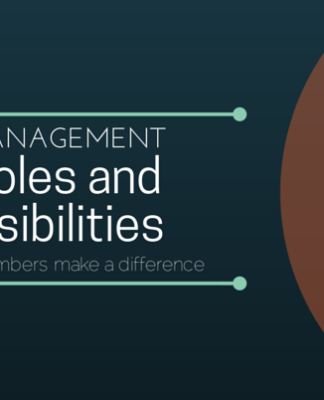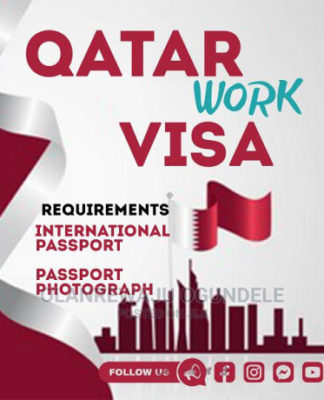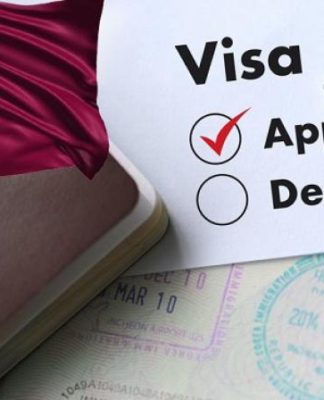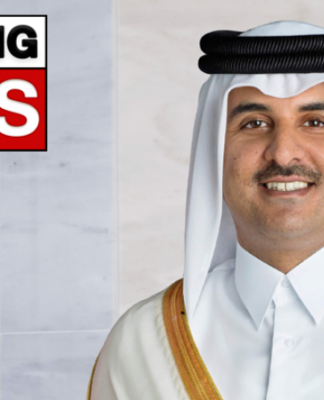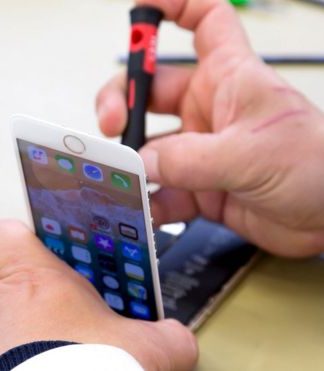The signs of heart disease your phone can spot
Share using Email
Share on Twitter
Share on Facebook
Share on Linkedin
(Image credit: Justin Chan/University of Washington)
The vibration-based blood clotting test (Credit: Justin Chan/University of Washington)
By Tom Ough
7th April 2023
Mobile phones have come a long way since the first ever cellphone call 50 years ago – they can even be used to help diagnose your health.
B
Blood clotting problems are serious. If your blood under-clots, you are at risk of haemorrhaging, which could lead to you bleeding to death. If your blood over-clots, you are at risk of thrombosis, which can trigger heart attacks.
Doctors can test for clotting, but they need a syringe-full of your blood before they can do so. But soon you might be able to do the test yourself at home using your smartphone.
Earlier this week Martin Cooper, the man who led the team that developed the first ever mobile phone – a beige coloured brick of a device with buttons and no screen – said he believes that cellphones will become a vital tool for monitoring our health. That promise is already being realised.
In March 2022, scientists at the University of Washington used an iPhone to detect clotting in a single drop of blood. They used the device’s Lidar (light detecting and ranging) sensor, which uses pulsed beams to build 3D images of the phone’s surroundings. It is the technology that allows your device to take accurate measurements of objects or distances to blend the real and virtual world with augmented reality. For example, it can show what a piece of furniture might look like in your room and can also help improve the autofocus when taking photographs.
But it turns out that the sensor is precise enough to pick up coagulation in blood – and adulteration in milk. The laser pulses produce distinctive “speckle patterns” as the light is scattered by the liquid, depending on its viscosity. Varying fat content in milk, for example, alters the pattern in a detectable way, as does blood as it clots.
The researchers found they were able to distinguish between coagulated and uncoagulated blood from a tiny droplet placed on a glass slide. In a more recent development, the team also used the vibration motor and camera on a smartphone to track the movement of a speck of copper in a drop of blood to assess clotting.
A world without smartphones
Other researchers have been developing techniques that use the camera in your phone to measure other aspects of heart health, such as blood pressure.
Researchers at the University of Toronto, Canada, and Hangzhou Normal University, in Zhejiang, China, have developed algorithms that can pick up on imperceptible changes in facial blood flow from self-shot videos using the front-facing cameras on smartphones.
Another team of Chinese scientists have developed deep-learning algorithms that can pick up on other signs of heart health from four pictures taken using a smartphone – a front-on view, two profiles and one looking down from on the top of the head. The algorithm seemed to focus on subtle changes in the cheeks, forehead and nose in particular, such as wrinkles and creases and fatty deposits beneath the skin that are hard to detect with the human eye.
It could correctly detect heart disease in 80% of cases, although did incorrectly identify a risk in 46% of cases, meaning could cause some unnecessary anxiety among patients if they do not seek further professional medical diagnosis. (Read more about the invisible warning signs that predict your health.)
The device could be a “cheap, simple and effective” way of identifying patients who need further investigation, say the cardiologists at the National Center for Cardiovascular Diseases in China, who were behind the study.
You might also like:
How mobile phones have changed our brains
A 50-year evolution of the mobile phone
Why people shout into their cellphones
There are also hopes that smartphones could even provide a cheaper and more portable way of diagnosing harder to spot heart conditions. Jennifer Miller, a cardiologist at the Children’s Hospital of Los Angeles, and engineers at the University of Southern California, have developed a prototype handheld ultrasound scanner that can link to a smartphone to produce echocardiograms that can monitor how blood is flowing through the heart.
Although many of these technologies are still at the research and trial stages of development, there are some ways of checking your health with your phone already.
Elizabeth Woyke, author of The Smartphone: Anatomy of an Industry, points to an American start-up called Riva that tracks blood pressure using a phone’s camera and its camera flash. “You put your fingers on the smartphone camera and then it measures the wave shapes in your blood vessels to track your blood pressure. It’s kind of amazing,” she says.
—
Join one million Future fans by liking us on Facebook, or follow us on Twitter or Instagram.
If you liked this story, sign up for the weekly bbc.com features newsletter, called “The Essential List” – a handpicked selection of stories from BBC Future, Culture, Worklife, Travel and Reel delivered to your inbox every Friday.














